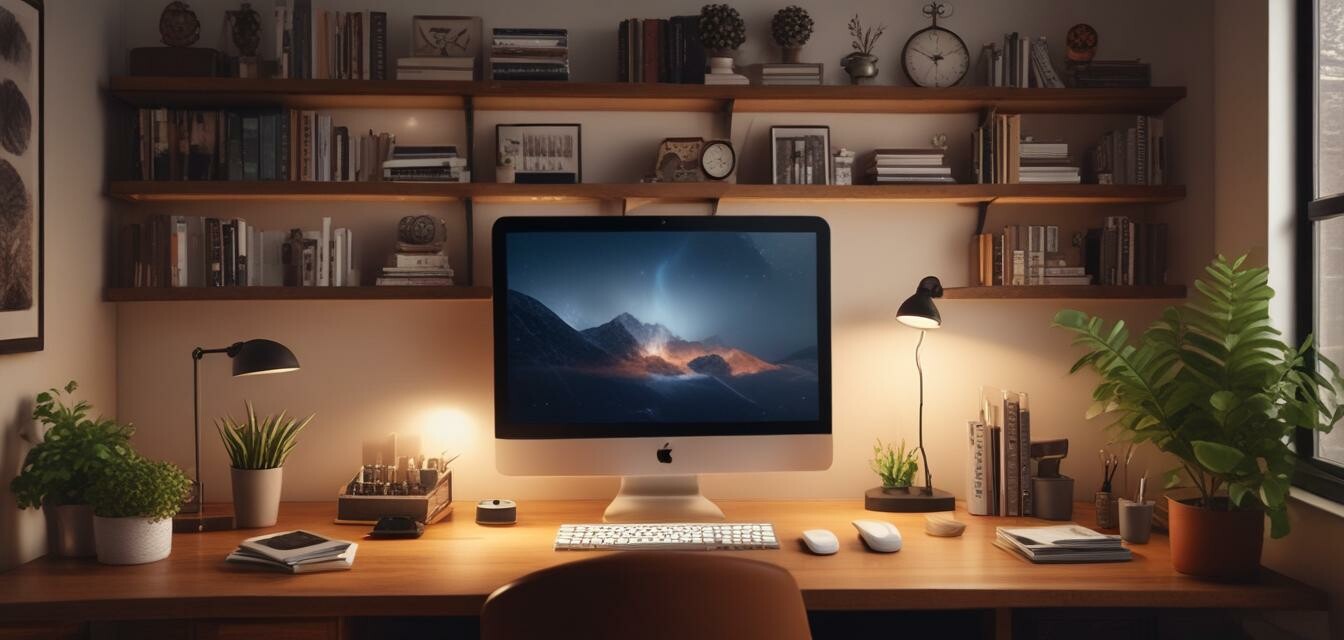
How to enhance privacy in your home office
Key Takeaways
- Implement soundproofing techniques to reduce noise distractions.
- Carefully plan your office layout for optimal focus.
- Utilize smart technology for privacy control.
- Invest in privacy screens or office partitions.
- Secure your home network and personal information.
In today's world, many people are working from home more than ever. Creating an efficient and comfortable workspace is essential, especially when it comes to privacy. This article will explore various techniques and tips to enhance privacy in your home office, from soundproofing to strategic layout choices that can help you focus and feel secure. Let's dive into the different aspects that you can implement to protect your workspace.
Soundproofing techniques
One of the primary aspects of maintaining privacy in your home office is managing sound. Here are several soundproofing techniques you can use:
| Technique | Description |
|---|---|
| Acoustic Panels | These can absorb sound and reduce noise disturbances. Place them on walls or ceilings. |
| Rugs and Carpeting | Adding rugs or carpeting can help absorb sound as well, reducing echoes in the room. |
| Weather Stripping | Seal gaps in windows and doors to prevent noise from entering your workspace. |
| Heavy Curtains | Use heavy curtains to help block noise from outside sources, enhancing your peace. |
Office layout suggestions
The layout of your home office can significantly affect its privacy. Here are some layout tips:
- Position your desk away from windows to limit visibility from outside.
- Create a barrier, like a bookshelf or plant, between your workspace and the entrance.
- Designate a specific area for work to set boundaries with family members or roommates.
- Use a corner desk to create a more enclosed workspace feel.
Technology for privacy enhancement
Smart technology can also play a role in enhancing your office privacy. Consider implementing the following:
| Technology | Benefit |
|---|---|
| Noise-canceling headphones | Block out distractions and maintain focus during work hours. |
| Smart blinds | Control visibility and light entering your space with automatic adjustments. |
| Webcam covers | Protect your privacy during video calls by covering the camera when not in use. |
Utilizing partitions and privacy screens
Creating boundaries in your home office can significantly enhance your privacy. Consider adding:
- Room dividers to create a separate space within a room.
- Desk privacy screens that block the view of your computer screen from others.
- Plants or greenery that can serve as natural dividers while enhancing aesthetics.
Securing your home network
Privacy isn’t just about what others can see; it’s also about securing your data. Here are crucial steps to enhance security:
- Use strong, unique passwords for your network.
- Set up a guest network for visitors to limit access to your devices.
- Regularly update your router firmware for added security.
Pros
- Increased focus and productivity.
- Improved data security.
- Enhanced comfort in your workspace.
Cons
- Upfront costs for soundproofing materials.
- Potential for limited natural light with heavy window treatments.
- Time investment in setting up the perfect layout and technology.
Final thoughts
Enhancing privacy in your home office is vital for maintaining focus and comfort in your work environment. Whether through soundproofing techniques, strategic office layouts, smart technology, or securing your data, each choice contributes to a more private and efficient workspace. Exploring these options will help you find the right balance that fits your needs and improves your productivity at home. For further reading on ideal home office setups, check out our Buying Guides for detailed insights.